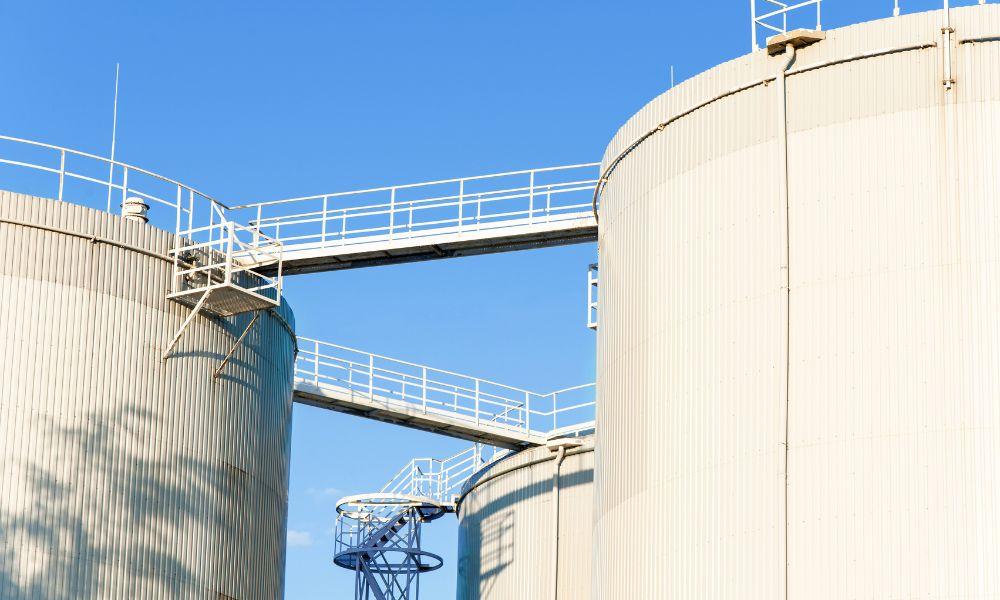
Tanks come in different shapes and sizes, and they store a wide variety of materials. Many variables can change how the tank holds up over time, so you should invest in a tank liner if you want to maintain material purity and tank integrity. However, finding the right type of tank liner for you can be a little tricky. The different types have unique pros and cons, so your tank can last for years with the ideal liner.
Polyurethane Tank Liners
Polyurethane tank liners are very common, as the material is highly durable and corrosion-resistant. Many facilities utilize this material because it is incredibly versatile. Additionally, the material is lightweight, making installation very easy. Polyurethane linings are common in concrete tanks.
Rubber Tank Liners
While polyurethane tank liners are popular, they’re not perfect for every kind of tank. You might opt for a rubber tank liner, which is great for outdoor applications. Rubber has high UV resistance and can withstand extreme temperatures—hot and cold.
Rubber is also great because of its resistance to oils, alkalis, acids, and chemicals. If you’re looking for a tank liner that can handle these harsh materials and preserve your tank’s integrity, rubber may be right for you.
Polyvinyl Chloride (PVC) Tank Liners
Another tank option that you should consider is polyvinyl chloride (PVC) liners. This material offers exceptional protection against corrosive substances and can withstand abrasion, so there’s little need to worry about cuts and leaks. These liners are durable and versatile. You can choose from numerous weight and thickness options to get the optimal PVC liner for your tank and the substances it holds. Whatever your purpose—commercial or industrial—these liners offer top-of-the-line reliability and performance.
Determining which type of tank liner is right for you is possible when you understand your needs. At Flexi-Liner, we want to make that search easy, so work with us to get the ideal tank liners for your facility!
